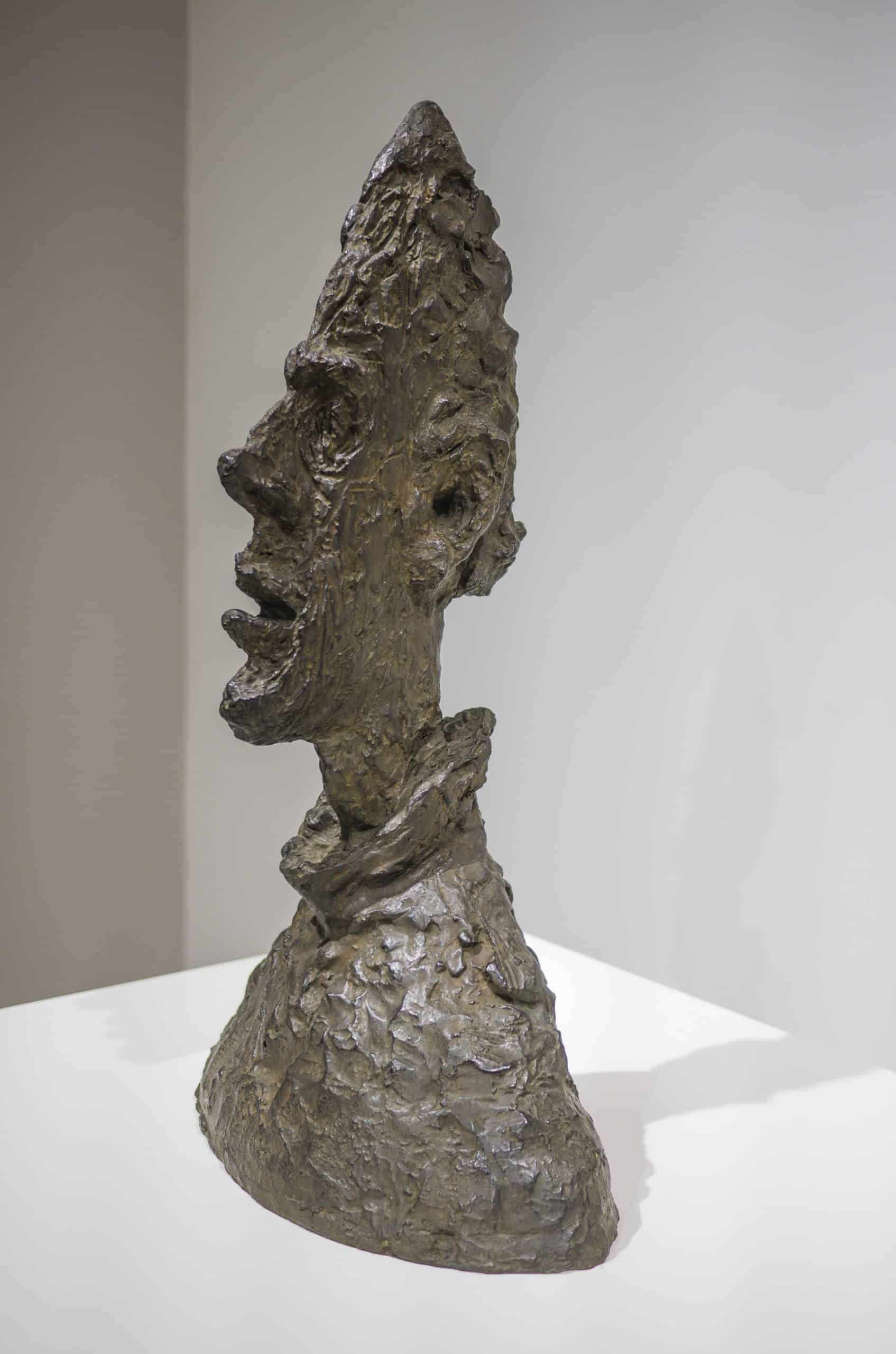Andrea Danese’s new firm meets wealthy investors’ desires to borrow against their artworks.

Wealth managers are most famous for investing clients’ cash. But the wealthy often want to borrow money, too. Traditional collateral is real estate or stock. Andrea Danese is securitizing a new asset class: fine art.
Danese, a serial financial entrepreneur based in New York, talked two pillars of the wealth establishment, America’s Carlyle Group and Swiss private bank Pictet, into backing his vision, and Athena Art Finance was born 18 months ago.
The start-up looks to capitalize on two post-2008 trends: a robust recovery in art values, and a plethora of new regulations constricting conventional lenders. Athena’s money is much more expensive than a bank’s, Danese admits. He lends at about 7 percentage points above Libor, while a standard financial institution offers Libor +3. But banks have recourse to take more liquid assets in case of default, and the Athena option also avoids piles of intrusive paperwork. That makes it well suited for the surprising number of art owners who don’t hang their masterpieces on walls, but keep them warehoused in Switzerland, registered to offshore companies. “We tell clients they should work with the bank if they have the appetite for full disclosure,” Danese says.

Athena is not alone. There are $15 billion to $19 billion in art loans outstanding in the US, according to Deloitte’s Art & Wealth Management Survey 2016. Boutiques such as Athena—including Art Capital Partners, NewOak and others—have $700 million to $1.2 billion of that market, behind the auction houses ($1 billion to $1.4 billion) and the private banking arms of U.S. Trust, J.P. Morgan, Morgan Stanley, Citi, Deutsche, Wells Fargo, and the like, which as a group hold $13 billion to $15 billion of the total loans outstanding. Deloitte’s latest survey found 78% of wealth managers believe art should be part of a wealth management offering, up from 55% in 2014, and 73% said their clients wanted them to include art and other collectibles in wealth reporting and analysis.
Who would borrow at 7% or 8% annually instead of just selling a painting to raise cash? Danese describes three groups of target clients: adventurous investors who think they can use the money for private equity deals that will return 20% or more; art enthusiasts after new acquisitions they cannot quite afford; and older owners who are “art-rich but cash-poor” and use their artworks as a sort of reverse mortgage. His firm is approached by private bankers, art advisers helping their clients, lawyers, and of course collectors themselves.
Whatever the back story, art connoisseurs make reliable debtors, Danese insists. Auction giant Sotheby’s has been making short-term loans for 25 years and experienced exactly two defaults, he says. Of course Sotheby’s usually guarantees repayment with an option to sell the collateral itself within a year. Athena Art will lend for up to five years.
Danese has no dreams of scalability that might make art lending a competitor of mainstream finance. Each transaction takes a month or two to arrange—the time it takes for art mavens to value the collateral and borrowers to get comfortable with the new lending mechanism. “One real surprise,” Danese jokes, “is that people don’t like to borrow money if they don’t trust you.” He notes that loan structures at some boutiques create an incentive for default. There has certainly been friction between borrowers and lenders in this space. In 2009, Annie Leibovitz was famously sued by Art Capital Group, to which she had pledged several homes and rights to her photos for a $24 million loan. The parties reached a settlement.
For Danese, the first year-and-a-half in business has yielded all of a dozen clients through this laborious process, with commitments for some $100 million of the $500 million Athena has in its lending coffers. But as one more option in the suite available to the high-net-worth crowd, art finance should have a future.



